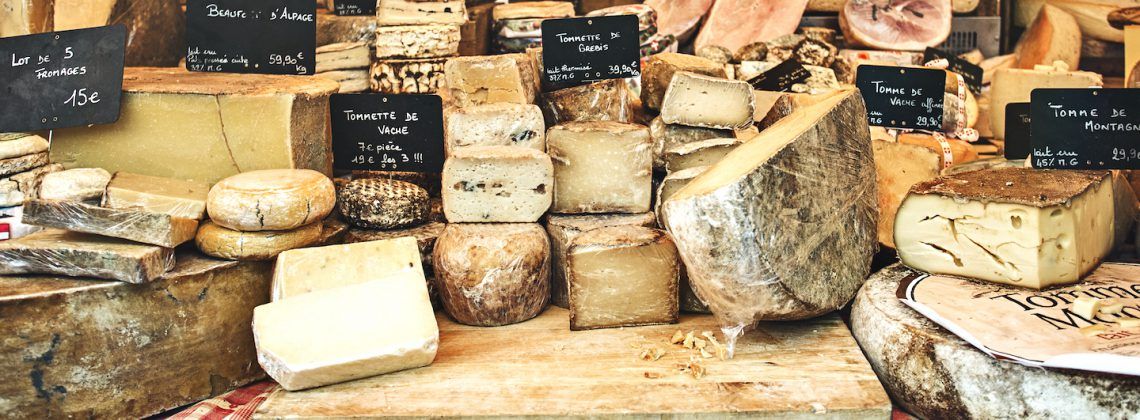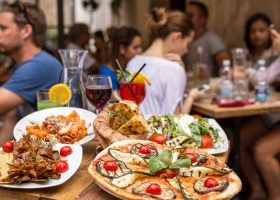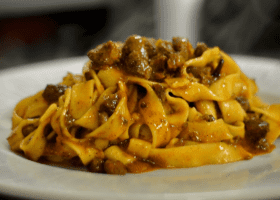The French are passionate about food, wine, and dining. So, what exactly should you try in Paris for the full French experience? You’ve probably heard about crepes and champagne, but Paris has so many more foods and drinks to offer. We met up with our local team in the City of Light to compile this list of foods and drinks you simply have to try in Paris.
Pro Tip: Looking to enjoy the best food in Paris? Bookmark this post in your browser so you can easily find it when you’re in the city. We recommend joining our Le Marais Food Tour to enjoy some local delicacies including falafel, oysters, and champagne. Also, check out our guide to Paris for more planning resources and the best Michelin-star restaurants in Paris.
Top 16 Foods To Try When in Paris
Half the fun of traveling to a new destination is trying foods and drinks you can’t get back home. You may recognize the names of some of the dishes below; others might be completely foreign to you.
One thing is for sure: When you go to Paris and try these dishes, you’ll feel truly Parisian. Use the menu below to explore more ways to enjoy your time in Paris.
16. Soupe á L’oignon
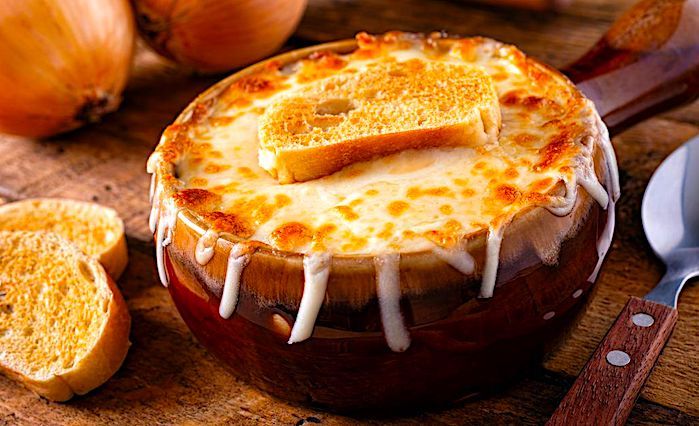
French Onion Soup | Starter
This is especially good when it’s cold outside, and Paris is known for cooler weather. It can be quite heavy, so be careful about ordering a big main course. It is prepared pretty much the same way everywhere: onion soup with thick Gruyère cheese melted on top and a piece of bread trapped in the mix.
There are many origin stories for soupe à l’oignon, but one of the most accepted is that King Louis XV returned to his hunting lodge one day and found the cupboards practically empty, save for onions, butter, and champagne. The rest is history.
Where to get it: La Jacobine—near Notre Dame
15. Langue de Boeuf
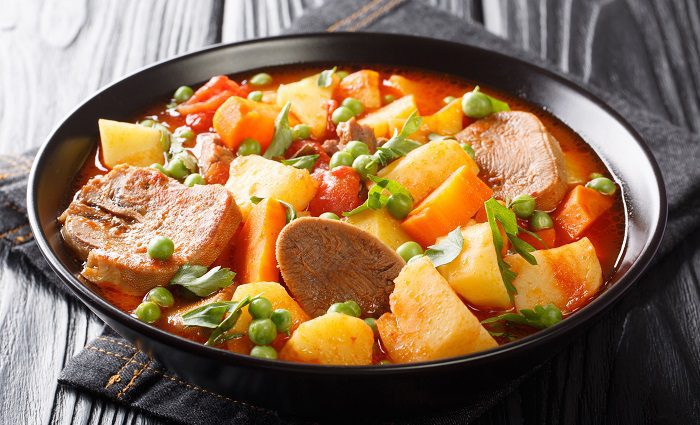
Beef Tongue | Starter | No fear
I know this one is pretty out there and I was also very hesitant the first time I tried it, but it turned out to be not so bad. I feel like it depends a lot on how it’s prepared and who prepares it. It’s usually braised with jus on top or with vegetables.
If you try it either of those ways, there’s a good chance that if you didn’t know what it was, you wouldn’t think it was tongue and be all grossed out. There are many people who love tongue, so if it doesn’t appeal to you, have a few drinks first.
Where to get it: You’ll usually find this at most corner cafés as a special of the day; many restaurants don’t have it as a constant on the menu.
Our Best Guided Tours of Paris

Likely to Sell out
Palace of Versailles and Gardens Tour from Paris
Navigating transportation, dealing with tickets, and waiting in long lines can ruin your day at Versailles. Our half-day small group tour eliminates the hassle entirely. With roundtrip transport from Paris, skip-the-line access, and a friendly guide, you’ll effortlessly explore the palace, discover its highlights, and enjoy free time in the gardens. After your guided experience ends, you’re free to stay in the gardens, visit Trianon and take the train back to Paris at your convenience.
See Prices
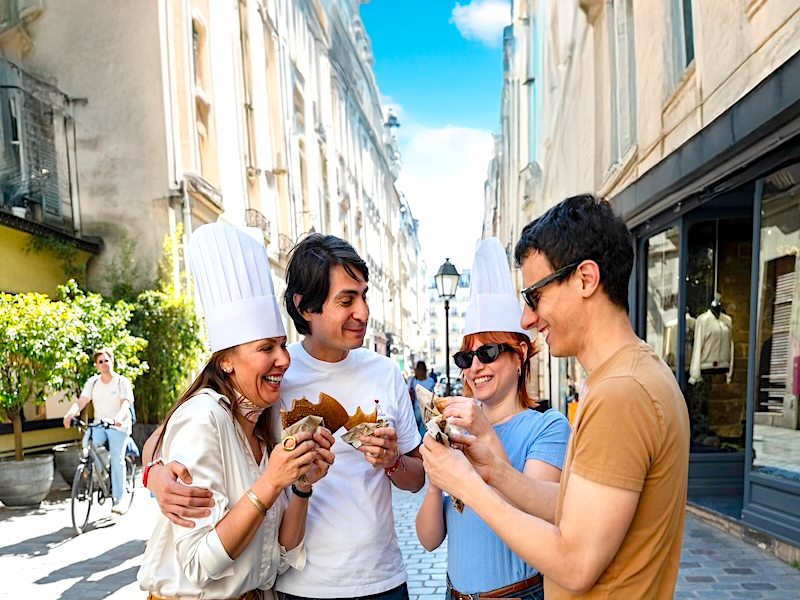
Top Selling
Le Marais Paris Food Tour with Authentic Sit-Down Dinner
With local spots tucked away and confusing menus, most visitors end up overpaying at tourist-trap cafés instead of finding the authentic spots. Our local, friendly guide leads you through Le Marais to five real local businesses for eight tastings and four French drinks, including oysters, Boeuf Bourguignon, falafel, and sweet crêpes. Walk historic streets, hear food stories, and savor Paris like an insider.
Not ready to book a tour? Check out our Paris Guide for more resources.
14. Andouillette
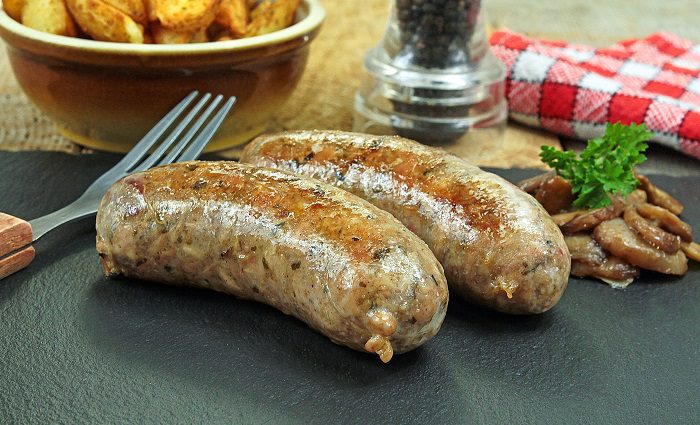
Chitterlings Sausage | Main Course
Andouilette is not for the faint of heart—it’s made of chitterlings and often has a urine-y smell. Supposedly, this type of sausage is a more recent invention, since it appears not to be written about before the 19th century. It is usually prepared in wine with a side of steamed potatoes.
As unpleasant as this may sound to the uninitiated, there is actually an association called the AAAAA (which basically means the Amicable Association of Andouillette) that is dedicated to this type of sausage, so it can’t be that bad….can it?
Where to get it: Brasserie Bofinger—near Bastille.
13. Os à Moelle
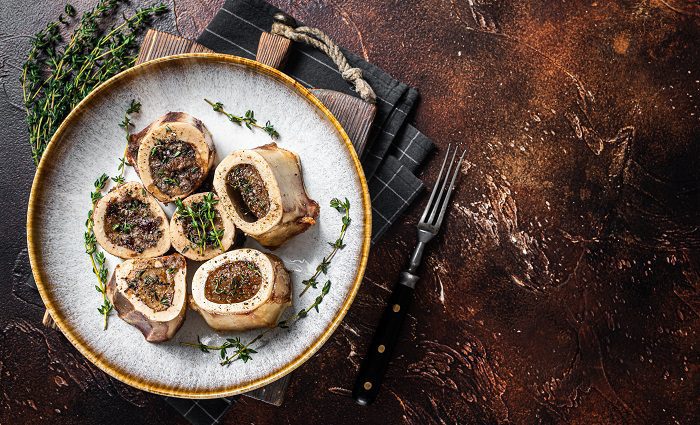
Bone Marrow | Main | Adventurous
If the idea of eating bone marrow makes your face contort, remember that back when humans first roamed the earth, cracking bones and eating bone marrow was a great source of fat—and fat is the best part of pretty much every meal.
So, think of it as getting back to your more primal self. Os à moelle is usually cooked in the oven with spices. Full disclosure: I have indeed tried this, but it was not my favorite. Baked in the oven, it was served, as you might think, with the bones where you dig in. You only live once!
Where to get it: Os à Moelle—Yes, the name of the restaurant is Bone Marrow. That’s dedication.
12. Steak Tartare
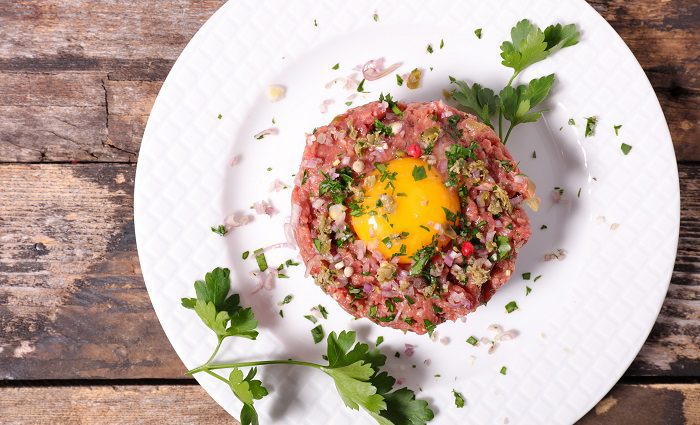
Raw Steak | Starter | Chic
This delicious dish is prepared raw, of course, usually with an egg, onions, and herbs on top. Many stories abound about the origin of this dish. One of the most famous was that this was how the Tartars (relatives of Mongols) used to eat their meat, which they packed under the saddle. Trust me, much has changed since then.
Much closer to home seems to be the real story about serving this dish in post-World War II Paris. Then, it was called steak à l’Américaine, where chefs would take the raw beef, add an egg yolk and some spices, and serve it. Yes, you can eat raw beef—and it’s delicious. The French really excel in this area, so it is definitely something to explore when you’re in Paris.
Where to get it: La Pie Noir
11. Escargot
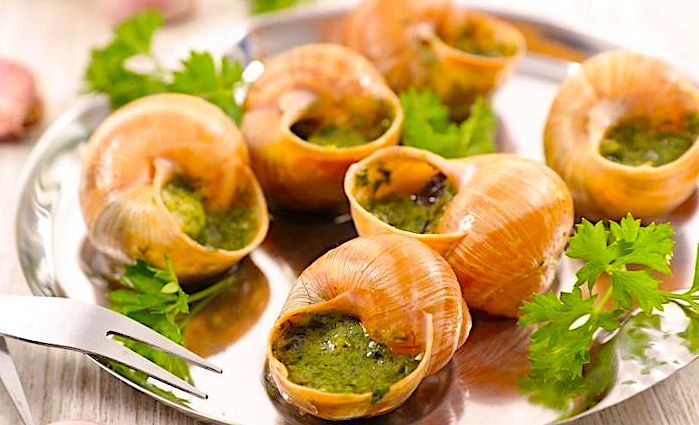
Snails | Starter | Classic
According to Pliny the Elder, in ancient Roman times, snails were such an esteemed food that there were snail farms dedicated to this delicacy. One farmer, in particular, would feed his snails wine and meat! If the ancient Romans ate them, you can assume that escargots are for lovers of life.
Today, they are usually served in a portion of six or 12. They are usually served Bourgogne style, with garlic and parsley. Grab the baby fork they give you, reach in there, and eat some succulent snails! Even if you have had them outside France and didn’t like the taste, give them another try in Paris. The Parisians really excel in this category.
Where to get it: L’Escargot Montorgueil—close to Les Halles.
10. Cuisses de Grenouilles
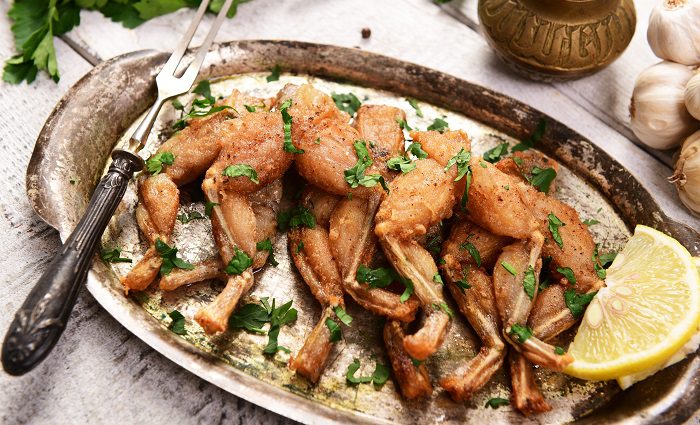
Frog’s legs | Starter | Classic
Legend has it that in the 12th century, French monks got around the no-meat fast rules by eating frog’s legs, which were considered fish at the time. Genius! The peasantry started following suit, and the rest is history. They are usually prepared fried, so try them that way. Guess what: They taste like chicken.
Where to get it: Roger la Grenouille—Yes, you translated the name of this restaurant correctly: Roger the Frog.
9. Foie Gras
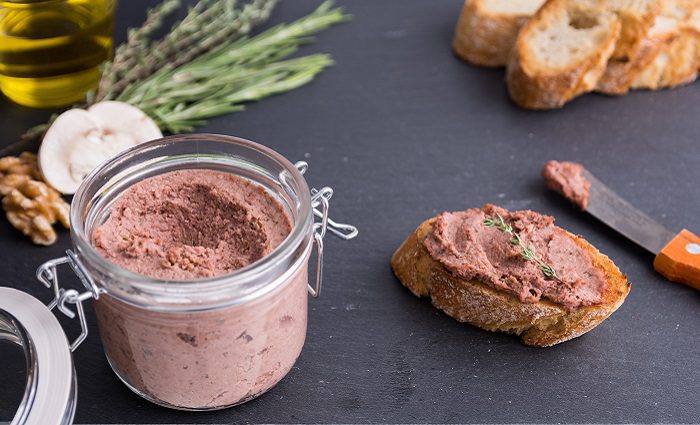
Goose Liver Pâté | Starter | Chic
The history of this delicacy goes all the way back to ancient Egypt and similar texts trace it through ancient Greece and Rome, so who are we to contradict the ancients? Foie gras is a perennial French favorite. So if you want to skip the restaurant, go to any corner store that sells cheeses and meats, and grab a small jar.
It is already prepared, but you can find it with truffles as well for a special treat. If you happen to procure some toast and slather the foie gras on it and wash it down with a glass of Sauternes—you will thank me later.
Where to get it: Arnaud Nicolas—Near the Eiffel Tower
8. Les Huitres (Pronounced “Leh Weetre”)
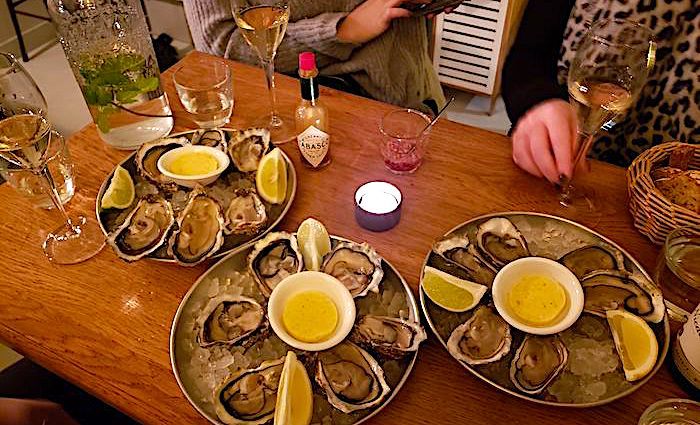
Oysters | Starter or Whenever
The first shellfish dinner supposedly took place 164,000 years ago in what is now modern South Africa. And people have been slurping them nonstop ever since. In their purest form, they are eaten on their own, but some people like to add Tabasco or red wine vinegar with shallots or onion.
I know what you are going to say: “I can eat oysters anywhere.” You’re right, you can. They will be better in Paris, though—trust me on this one. Also, wash them down with a cold glass (or two) of champagne.
Where to get it: L’huitrier
7. Boeuf Bourguignon
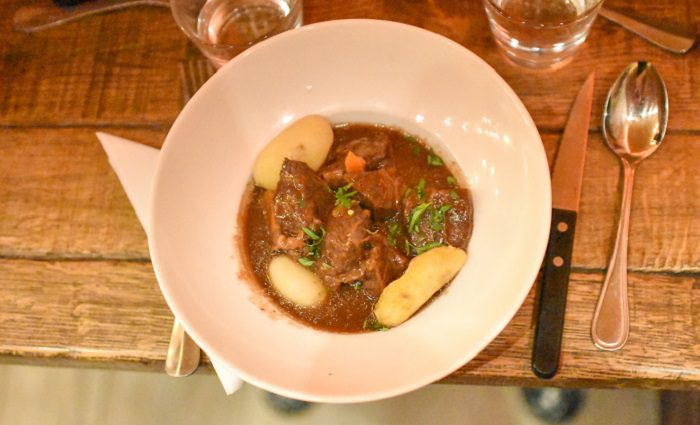
Beef Stew | Main | Cold Nights
As the name implies, this dish doesn’t have Parisian origins, but it has become a staple over time and is one of the true French classics. Imagine you are battling the wind and rain (both common occurrences in Paris) when you enter a small restaurant, and a steaming bowl of this special beef dish with glazed carrots and potatoes is waiting for you.
Like many great dishes, boeuf bourguignon started out as classic peasant fare but over time worked its way up to the upper classes. A classic preparation requires two days to truly tenderize the beef. It’s braised in a full-bodied red Burgundy wine and served with carrots, potatoes, and, of course, a glass of red wine. You are in for a treat.
Where to get it: Au Bourguignon du Marais—What better place to get this dish than a restaurant that has the dish in its name!
6. Confit de Canard
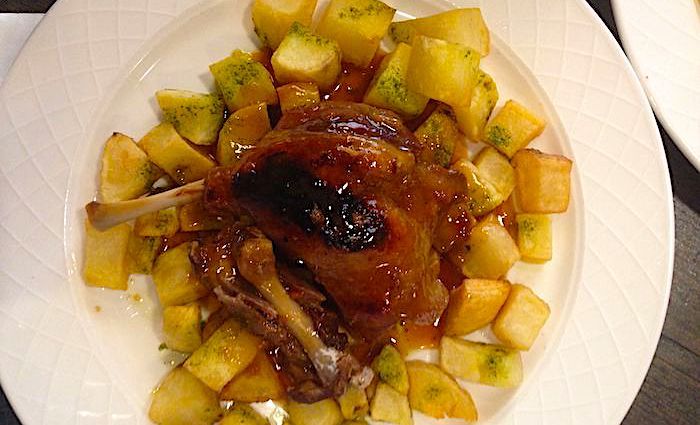
Duck Breast | Main | Classic
This delectable duck goes back centuries and specifically to the Gascony region of France. Back in the time before refrigerators, it was important to find any way possible to preserve meat. This was done by rubbing a duck down with salt and herbs and then letting it marinate.
The classic way to prepare this dish is to rub it with salt, thyme, and garlic. You then place it in a deep dish where it is cooked super slow, the fat slowly dripping away to create tender meat that melts in your mouth. Serve it on top of potatoes and go to food heaven. While there are several different ways to prepare it, one thing is certain—you won’t regret eating it!
Where to get it: Au Pied du Fouet—Near the Eiffel Tower
5. Camembert and Brie Cheese
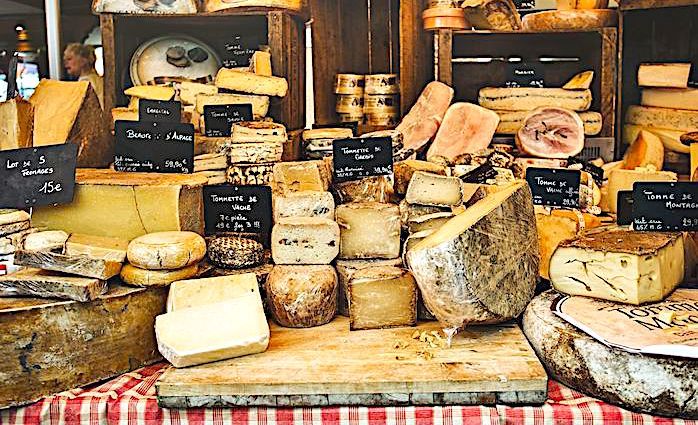
Dessert | A Must
In many countries, cheese is eaten before the main course, as either a snack or paired with an aperitif (a before-dinner drink). In France, you can eat cheese whenever you want, of course, but it is usually dedicated to the end of a meal as a dessert.
France officially has over 1,500 types of cheese, and Camembert and Brie might be two that you have heard of—they are quite common. What’s the difference? While both are made from cow’s milk, it is safe to say that Brie is milder and Camembert is much more intense in its flavor and smell.
Where to get it: Le Petit Sommelier de Paris—Near Montparnasse
4. Champagne
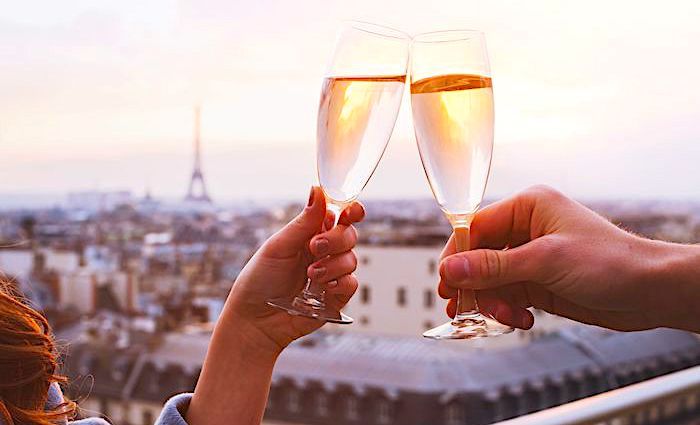
Bubbly | Whenever
I’m not sure how to express this in words, but drinking champagne in Paris is just different. You even feel French when you drink it in this bustling town. And the great thing about it is that you can drink it at any time of the day. My personal recommendation is to order a glass and a dozen oysters—it’s simply divine.
Like many amazing things, champagne as a drink happened almost as an accident. The people from the Champagne region looked on in envy as the wines of Burgundy were celebrated as the top wines in France.
Being high up in the north made it difficult to produce red wine. Because the yeasts in the wine became too cold, they died off and reappeared in the spring, creating a second fermentation that brought bubbles. Eventually, others caught on that it actually tasted delicious and the rest is history.
Where to get it: Champagne Bar in the Eiffel Tower—Nothing fancy, but what better way to view Paris than with a glass of this bubbly?
3. Macarons
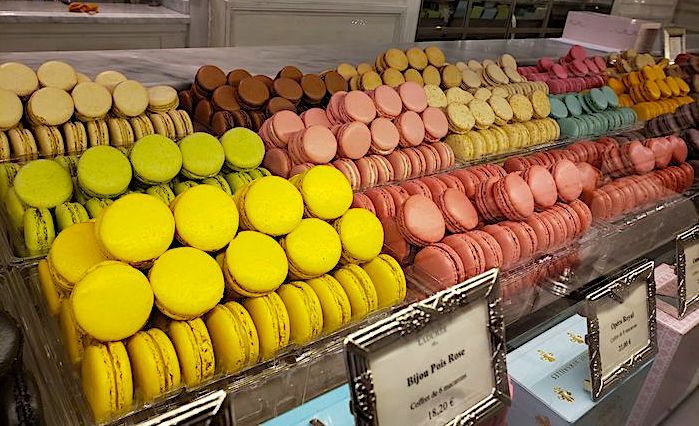
Cookie | Dessert | Typical French
When you visit Paris for the first time, you’ll often notice these colorful rows of circular sweets in shop windows. They are unlike any cookie you have ever eaten. Your first bite is unforgettable as your teeth break that paper-thin crust and then sink into a chewy jam or ganache of dozens of flavors that have been created over time.
Tradition has it that these sweet delicacies come from the Italian word maccherone, a type of dough. The legends abound that macarons were brought over by Catherine de’ Medici in the 16th century and that Louis XIV ate them at his wedding. While these stories are cool, the fact is that when in Paris, they are a must-try.
Where to get it: Ladurée—There are many Ladureé boutiques around the city. Supposedly Ladurée was the first to create the macaron, back in the late 19th century.
2. La Soufflé

Soufflé | Dessert | A Must
So let’s start with the name. Souffler in French means “to puff.” If you have eaten this dessert, then it makes complete sense to you. If you haven’t, you are in for a real treat. This dessert was insanely popular back in the ’70s and has seen a resurgence in certain circles in Paris.
The magic is when your spoon first digs into the airy pastry. There is a crunch on the outside and a fluffy cream on the inside. This is slow food at its pinnacle because you cannot pre-make it. As a result, when you order it, you will need to wait at least 15-20 minutes for it to cook in the oven. It’s offered plain, au chocolat, or with Grand Marnier. Try them all!
Where to get it: Le Recamier—Near St. Germain
Our Best Guided Tours of Paris

Likely to Sell out
Palace of Versailles and Gardens Tour from Paris
Navigating transportation, dealing with tickets, and waiting in long lines can ruin your day at Versailles. Our half-day small group tour eliminates the hassle entirely. With roundtrip transport from Paris, skip-the-line access, and a friendly guide, you’ll effortlessly explore the palace, discover its highlights, and enjoy free time in the gardens. After your guided experience ends, you’re free to stay in the gardens, visit Trianon and take the train back to Paris at your convenience.
See Prices

Top Selling
Le Marais Paris Food Tour with Authentic Sit-Down Dinner
With local spots tucked away and confusing menus, most visitors end up overpaying at tourist-trap cafés instead of finding the authentic spots. Our local, friendly guide leads you through Le Marais to five real local businesses for eight tastings and four French drinks, including oysters, Boeuf Bourguignon, falafel, and sweet crêpes. Walk historic streets, hear food stories, and savor Paris like an insider.
Not ready to book a tour? Check out our Paris Guide for more resources.
1. Cognac or Armagnac
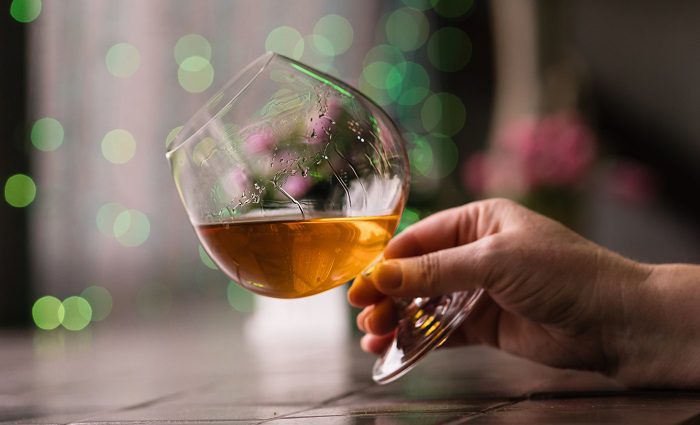
After Dinner | Chic
A true Parisian feast will include many different courses. This not only pertains to the food, but also to the drinks. First, you will indulge in an aperitif to open up your stomach before your meal. Second, you will drink some delicious wine with the meal itself. Finally, with a full stomach, you’ll need something to help digest everything and that is where Cognac or Armagnac come into the picture.
They are both distilled from grapes and both end in “-gnac,” but that is pretty much where the similarities end. They are made from different grapes in different parts of France and employ different distillation methods. The important thing in all this is to understand that they are both noble French brandies and should be tried and tasted.
Where to get it: Little Red Door—What better place to try a special French drink than a Parisian speakeasy?
Ultimate Taste of Paris Food Tour in Le Marais
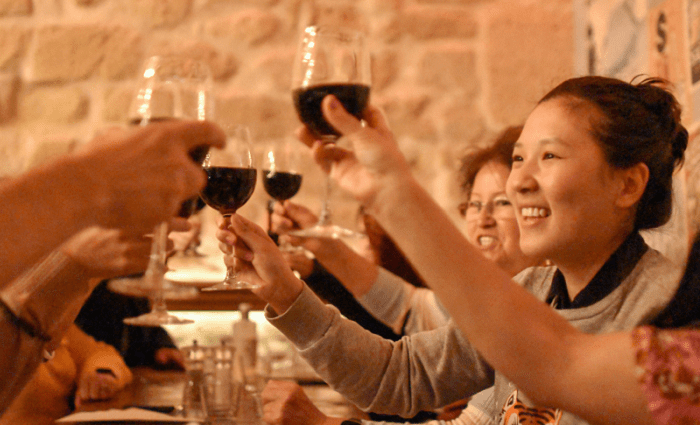
If you’re looking for amazing food, Paris is one of the best places to visit. There are more Michelin restaurants in this city than in any other city on Earth. A local food tour is a fantastic way to experience Paris’ local food scene.
Le Marais is the nerve center of gastronomical delights, which is why our Le Marais food tour is one of our most popular experiences. It’s also one of the only food tours in Paris to include oysters and a sit-down dinner. Enjoy a walking tour of the melting pot that is Le Marais, Normandy oysters and champagne, falafel street food in the Jewish Quarter, and a Beef bourguignon dinner at a local restaurant.
Not ready to book a tour? Find out what our clients had to say about the food tour.

Where To Stay in Paris
With a city as magnificent as Paris, it can be hard to find the perfect hotel at the perfect price. Explore the best hotels and places to stay in these incredible neighborhoods in Paris.
